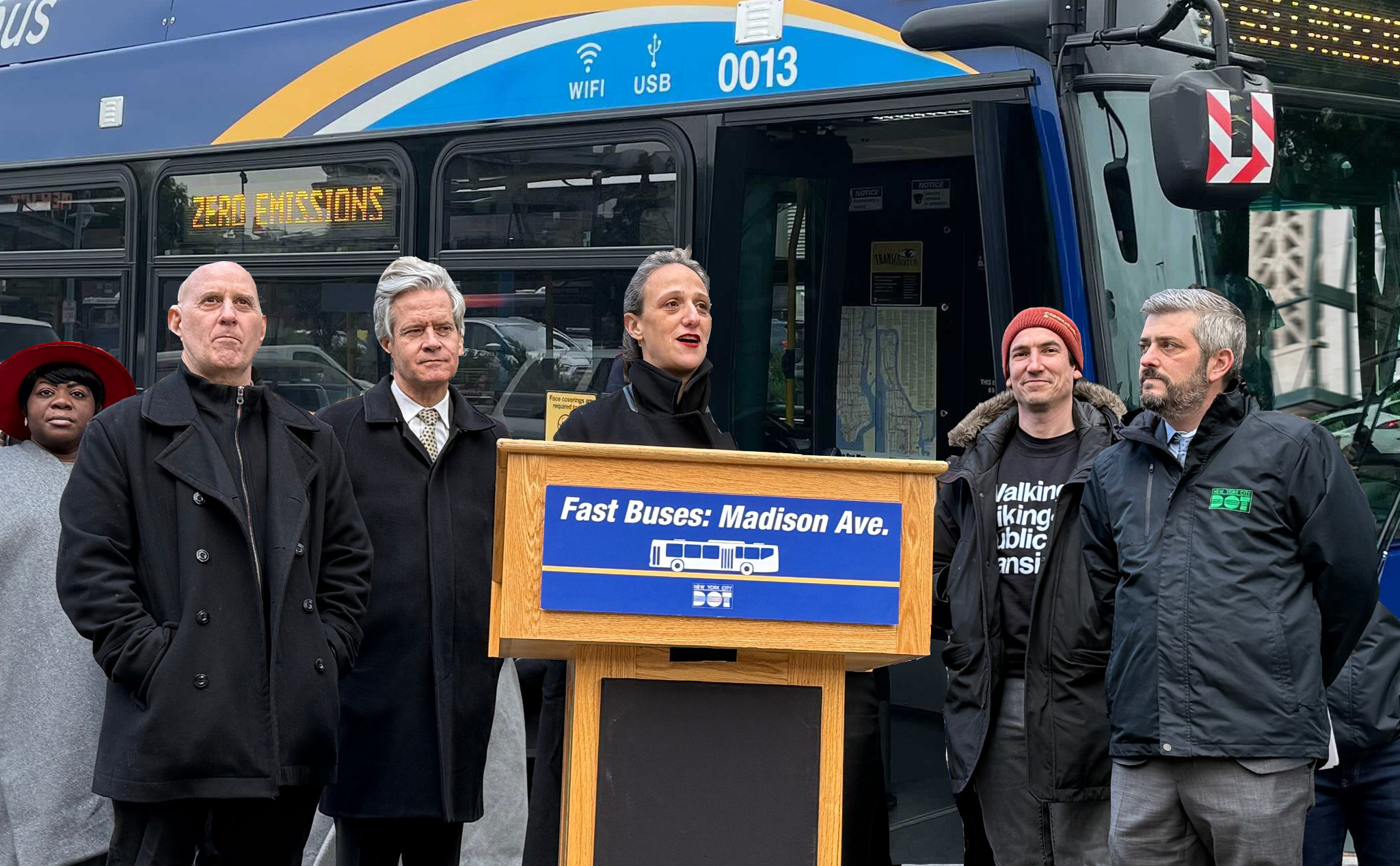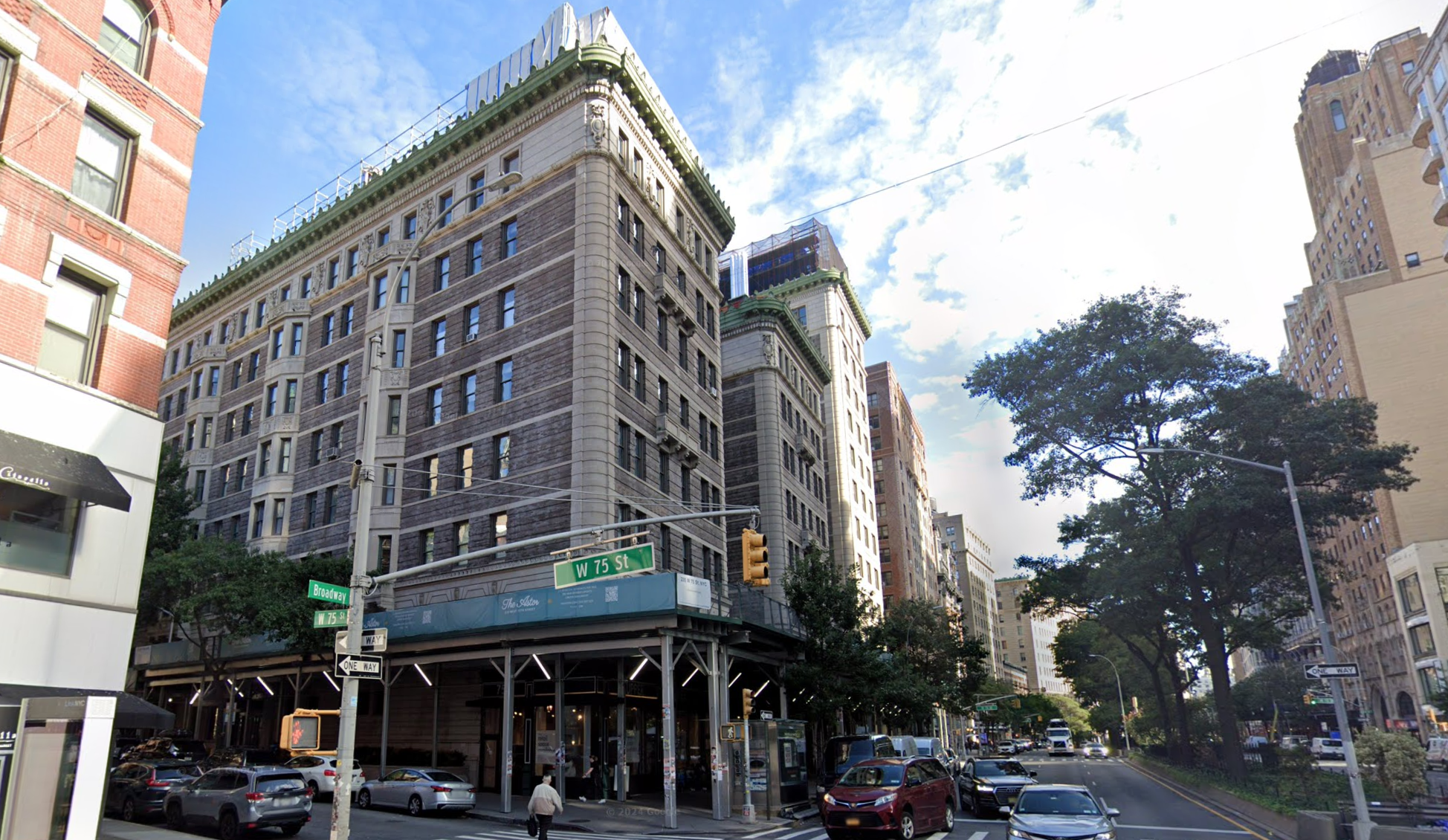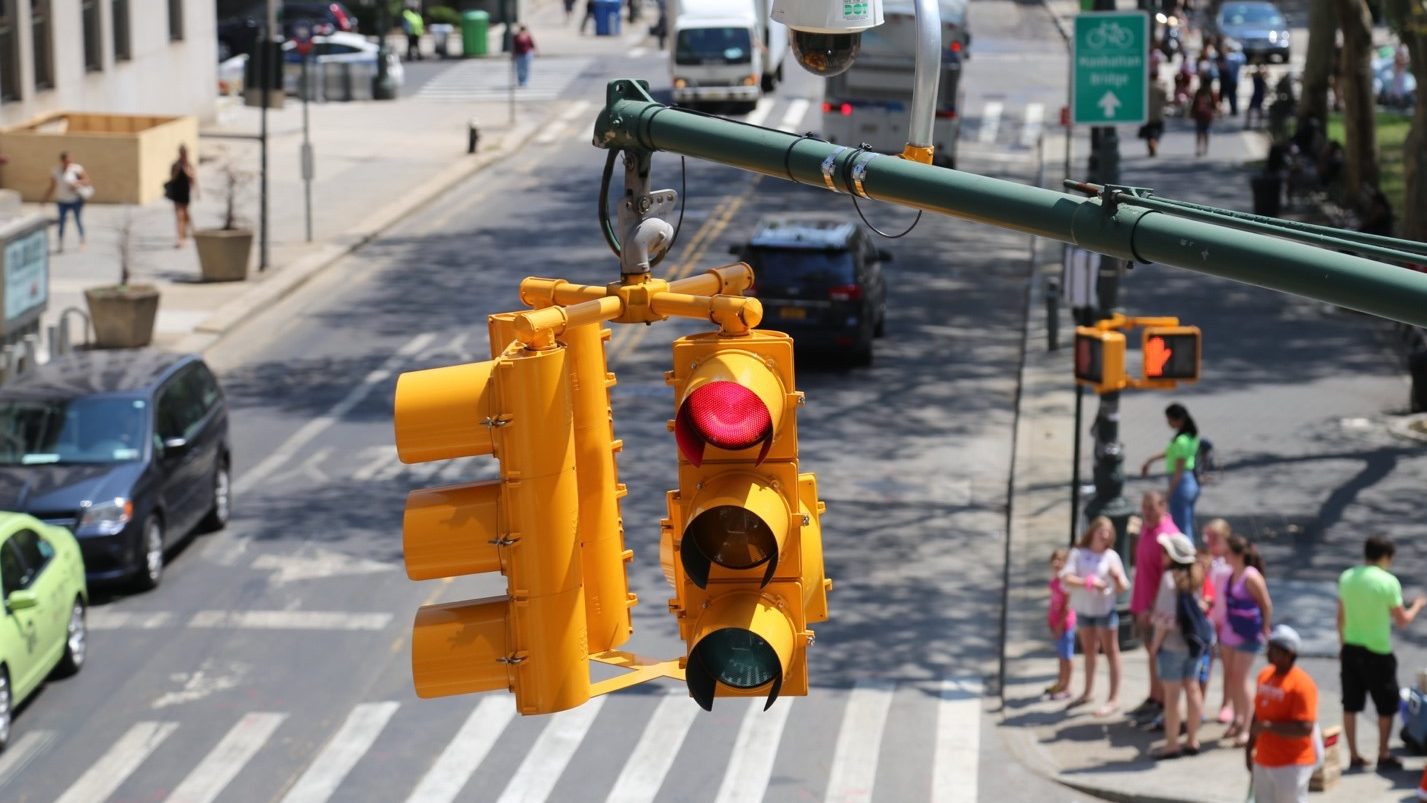
This is a guest post by Susan Murray, author of the Urban Naturalist.
The High Bridge, a graceful stone and steel bridge, reminiscent of the great Roman aqueducts, spans the Harlem River between parks in Washington Heights and the Highbridge neighborhood in the Bronx. Erected in 1848, decades before the Brooklyn and Manhattan Bridges, it is Manhattan's oldest bridge, designed not just for transportation but to carry water as well. The water stopped flowing a long time ago, and the bridge was closed to people in the 1960s. Though it is no longer in use, there are plans to bring it back to life, a project that is expected to cost $60 million. The planned reopening of this crossing, built in a pre-automotive era, presents a great opportunity for Livable Streets advocates to help shape what could be a unique pedestrian and bicycle link between Manhattan and the Bronx.
In fact, the Parks Dept. is hosting a public meeting to discuss the High Bridge tomorrow evening:
Come talk about Your Vision for the High Bridge
Wednesday, June 20, 2007 - 6:30 pm
Highbridge Recreation Center
2301 Amsterdam Avenue at 173rd Street, Manhattan
212-927-5864
 A little background:
A little background:
In the late 1960s, High Bridge Park in Washington Heights fell into disrepair. It became a dumping ground for abandoned cars, a haven for drug dealers and gangs and a dangerous place for local residents.
During this period, the city, strapped for funds and lacking interest in rehabilitating a park so far uptown, decided to close the bridge to prevent vandals from dumping junk off of it into the Harlem River. Massive steel gates laced with barbed wire were erected to prevent people from accessing the bridge. Far from calming the chaos, closing the bridge only made High Bridge Park more desolate and less watched.
The park became a dangerous, anarchic cul de sac and fell further into disrepair and anarchy. But over the past 10 years or so, neighborhood organizations, caring individuals and the New York Restoration Project have worked hard to clean up High Bridge Park. These days you're more likely to see kids playing baseball than dealers selling drugs. A recent announcement from Mayor Bloomberg has the neighborhood excited: Thanks to a $5 million allocation from Congressman José E. Serrano, work on the High Bridge has begun. After decades of dreaming, it sounds like it's really going to happen.
The reopened bridge will revitalize the park, making it accessible to both the Bronx and Manhattan. It will restore a vital transportation link for bikers and pedestrians in the area and it will preserve one of the city's finest historical monuments.
As the Parks Department moves to the planning stages, Livable Streets and bicycling advocates should make their voices heard. We need to make it clear that this bridge can be more than just a scenic vista and tourist attraction. It can be a vital part of New York City's growing bicycle transportation network.
With a significant slope from the top of High Bridge down to the bridge entrance there is a risk that Parks Dept. officials will choose to install stairways without bike ramps leading to the entrance of the bridge. I am hoping some of you can join me at tomorrow's meeting to help make the case for convenient bike access to the bridge. Likewise, it would be a tragedy if the money allocated to rehabilitate the bridge was mostly spent on "security measures" such as unnecessarily high fences that would block the breathtaking view and cumbersome gates. As a vital transportation link, the High Bridge ought to remain open 24-hours a day.
In the rendering above I have sketched out an idea for where I think the bike lane might be placed. It would be tempting to put the lane on one side of the bridge with a line down the middle. But pedestrians will want to enjoy the view on both sides. So, I suggest that we put a bike lane down the center with benches (and there should be benches!) facing outward toward the views. This would create clear areas for all bridge users. Note that I don't show any tall chain link fences in the rendering.





